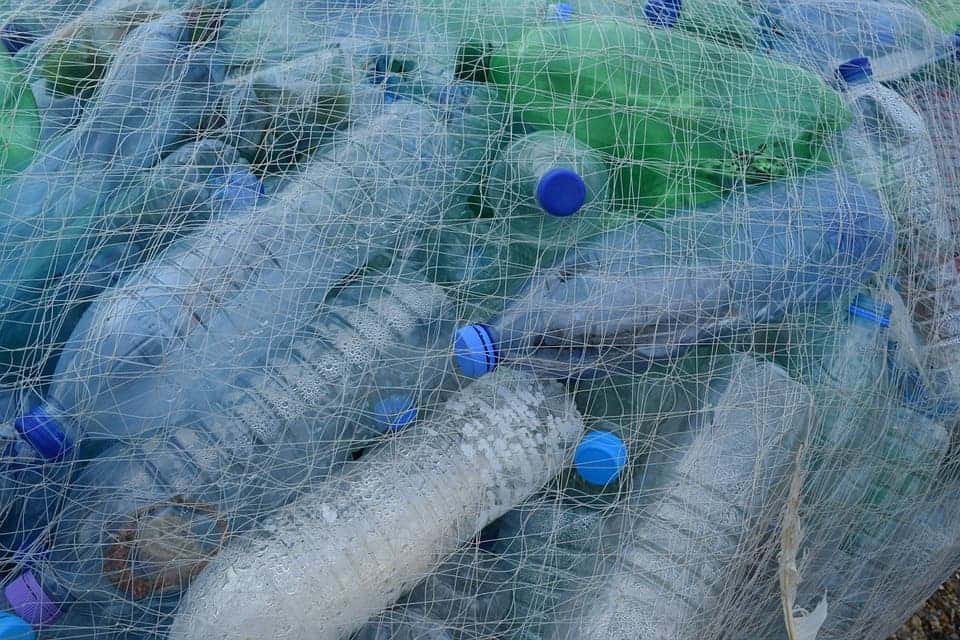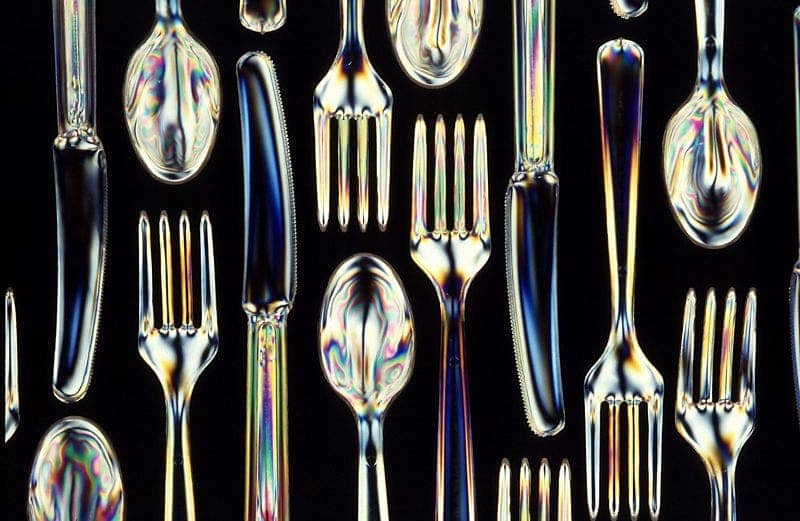Our society’s massive dependence on disposable plastic has led to an environmental crisis. Plastic pollution has become one of the most pressing environmental issues threatening ecosystems worldwide — with dangerous implications for human health.
That needs to change.

Not so fantastic
Due to their high resistance to degradation, plastic residues can remain largely intact in the environment for hundreds or even thousands of years. In practice, this longevity means that many species will interact with the material, potentially severely harming themselves. In addition, plastic has been traditionally derived from non-renewable fossil sources and, given that recycling alone is not sufficient to mitigate the problem, there are many ongoing attempts to tackle the issue of plastic waste, including the creation of plastic from mixed sources.
The production of the so-called bio-based plastic, green plastic or simply bioplastic is gaining traction worldwide. Bioplastic and ordinary plastic present very similar characteristics, but the former may be more biodegradable and recyclable, offering a considerably reduced carbon footprint and lower environmental risks. In fact, bioplastic can be created using different proportions of fossil and biological sources. Usually, plants such as sugar cane and maize can be used for making bioplastic and, in this context, countries such as Brazil, the world’s largest producer of sugar cane, have advantages.
However, many products labeled as bio-based are actually of fossil origin and for this reason, it is paramount to have a method in place for the regulation of these materials.
This is where isotopic analysis techniques come in.

Isotopes are atoms of the same element (same number of protons) but with a different number of neutrons. Usually, lighter isotopes are more abundant in nature, with their heavier counterparts being relatively rare. Interestingly, physical properties of atoms and molecules (e.g., vapor pressure, boiling and melting points, density) respond to variations in atomic mass, which influences atomic and molecular behavior in different mechanisms.
For instance, biological systems incorporate isotopes differently as some biochemical reactions favor the uptake of specific isotopes and discriminate against others. This means that the isotopic concentration of products and reagents of a given reaction may differ, a phenomenon known in scientific parlance as isotopic fractionation.
Photosynthesis is perhaps the most well-known of such reactions, in which plants discriminate against the heavy carbon isotopes (14C and 13C), preferentially incorporating 12CO2 molecules. Therefore, isotopes can be used as tracers to track the source of compounds and the environmental processes in which they are involved. Stable isotopes are those which do not undergo radioactive decay. Isotopic measurements are usually reported as ratios of the heavy and light isotopes in a given sample and their application to material studies is very diverse.
Traditionally, radiocarbon measurements using accelerator mass spectrometry (14C-AMS) have been used to determine to what extent a material is bio-based or, in other words, its biogenic fraction. The method measures the isotopic signature of the material and the interpretation of the results is straightforward: fossil plastic is made out of material which is millions of years old, meaning that its radiocarbon signature is null.
Plant sources, on the other hand, present the same isotopic signature of the atmosphere in which they grew. Unfortunately, although 14C-AMS is extremely efficient to determine the biogenic fraction of plastic, the analyses are costly and therefore impractical for large-scale applications in developing countries. As an example, a country as large as Brazil has only one AMS facility, which is, in fact, the only one in South America, illustrating how inaccessible the technique can be. Fortunately, the measurement of stable isotopes of carbon may represent an alternative.
Stable isotope mass spectrometry (IRMS) has the potential to distinguish between specific carbon sources. Indeed, in a recent study, the biogenic content of plastic bags was successfully determined by IRMS. The results of IRMS and AMS were compared and the former proved to be an efficient and relatively low-cost alternative in certain cases. Depending on the biological source of the material, IRMS may not have enough resolution to separate it from the isotopic signature of petroleum. Luckily, the technique works quite well for e.g., sugar cane derived plastic, which has great implications not only for the particular case of Brazil but also for other developing countries lacking scientific infrastructure.
It is important to acknowledge that bioplastics are probably not the answer to our plastic waste crisis. Although the carbon footprint of plastic from plants is considerably lower than that of petroleum plastic, the production of bioplastic is not fully sustainable and carries other social and environmental negative impacts (e.g., water use, deforestation, pesticide pollution).
To mitigate the problem of persistent and ubiquitous plastic waste in the environment, a combination of measures such as the reduction of plastic production and improvements in the management of plastic waste should be adopted. Until then, regulating bioplastics that are already available in the market may be the key to reduce our dependence on the non-sustainable fossil fuels.
Was this helpful?



